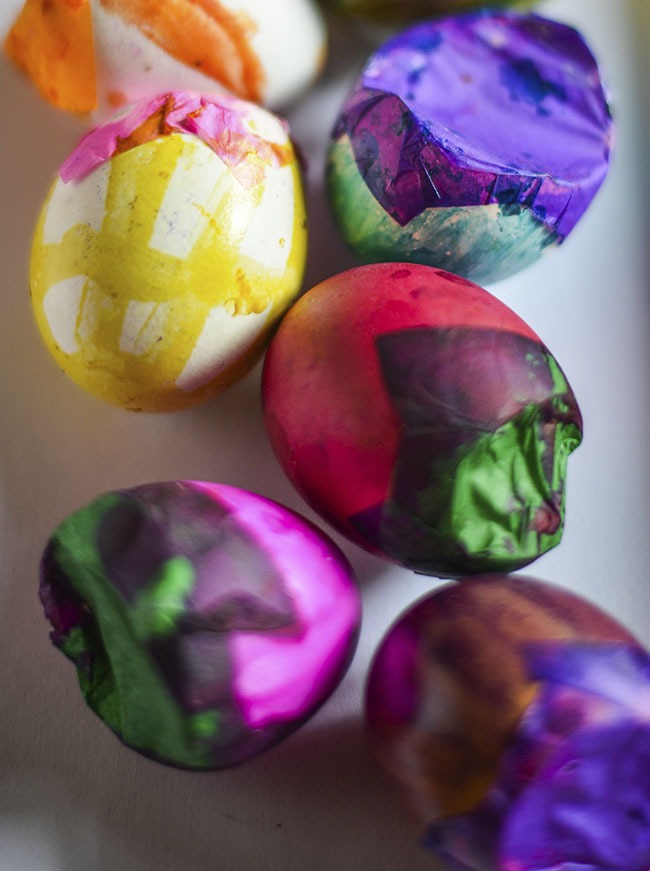At this time of year when Carnival is on its way, if you take a stroll through La Antigua’s bustling municipal market – filled with life and people – you’ll notice some colorful but fragile treasures for sale everywhere. You may not have a clue what they are or why they were created, but you’ll certainly be drawn to their brilliant colors and flamboyant designs. These objects are called cascarones, and they’re exactly what they look like: eggshells that have been emptied and colorfully decorated, then filled with confetti (which is called pica-pica here in Guatemala).
How did this curious tradition develop?
The idea of using eggshells filled with a “little gift” supposedly comes from Italy, where centuries ago – as a gesture of affection – a man might toss a cascarón filled with perfume at a lady whom he admired. In Guatemala, however, the perfume has been replaced by pica-pica, and today it’s more about friendship than about love.
How do they make them?
To make these tiny works of art, a hole is poked in the eggshell with a needle and the contents are emptied. Once dried, painted and decorated, the cascarón is then filled with confetti, and the hole is sealed with brightly colored tissue paper. The tradition in Guatemala is to break the shells over friends’ heads as a prank and a celebration of Carnival, but they’re sometimes used for other celebratory occasions like birthdays and weddings.
Where to buy them?
Cascarones are sold at the market and in some shops around town in the weeks leading up to Carnival. Everyone is invited to join in the fun – just remember that if a cascarón is broken over your head, it means good luck. So let other people give you a bit of luck, and while you’re at it, go ahead and smash a few cascarones yourself in order to bring some good luck to the lives of others!
Written by:
Photo by: Sofía Letona
Translation by: Kevin Cole


